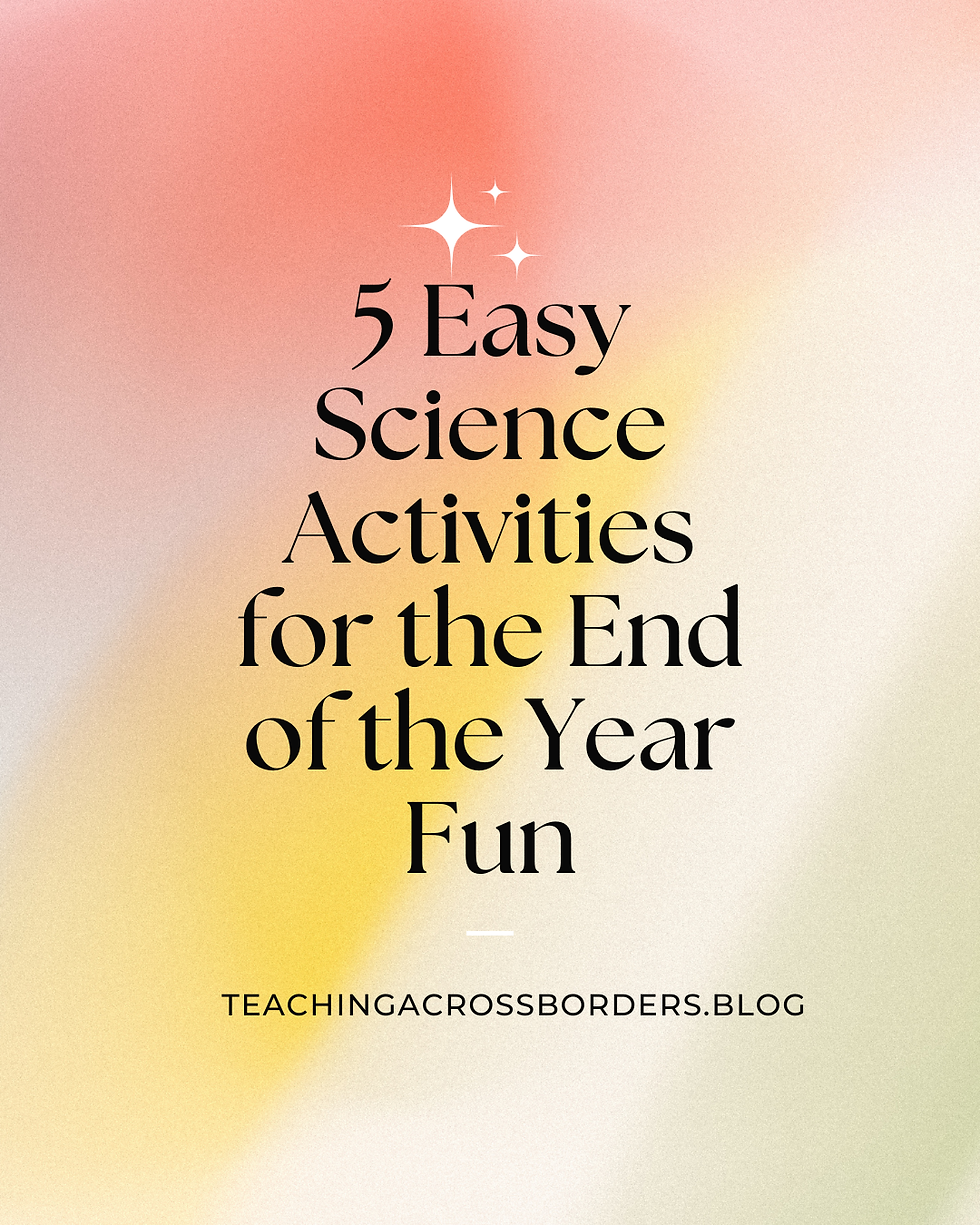What is Morphology and How Can I Use It to Build Reading Fluency in Older Students?
- Laura Swallow

- Oct 20, 2024
- 4 min read
Hey teachers! 👋 Let’s talk about one of those “big words” in education that can make a HUGE difference in your classroom: morphology. If you’ve ever wondered what exactly it is and how it can be a game-changer for your students' reading fluency, you’re in the right place! So, grab your coffee ☕, and let’s dive in!
What is Morphology?
Morphology is the study of the structure of words, including prefixes, suffixes, and roots. Think of it like word-building blocks—when students understand how words are put together, they can decode them more easily. And the more they can break down unfamiliar words, the faster their reading becomes. 🙌
By teaching morphology, we’re essentially giving our students tools to unlock new words on their own. How cool is that?
Why Is Morphology Important for Reading Fluency?
Fluency isn’t just about reading quickly—it’s about reading with accuracy and understanding. The more students know about how words work, the easier it is for them to read smoothly without stumbling over new words. Here’s why:
Decoding Becomes Easier: When students can identify common prefixes (like pre- or un-), suffixes (like -ful or -less), and roots (like port or spect), they don’t have to stop and sound out each word letter by letter. This keeps the reading flow going!
Vocabulary Expands: Morphology helps students figure out the meaning of words by recognizing familiar parts. If they know that "bio" means life and "graphy" means writing, they can easily understand what biography means without needing to look it up. 🎉 This builds confidence and vocabulary.
Improved Comprehension: When students aren’t bogged down by decoding tricky words, they can focus on what the text is actually saying. This boosts comprehension, which is key to growing fluent readers.
How Can You Use Morphology to Build Reading Fluency?
Now that we know how important morphology is, let’s talk about some fun, practical ways to use it in your classroom. Here are a few ideas to get you started:
1. Morphology Bingo!
You know I love a good game of bingo! 🏆 Create a bingo board with prefixes, suffixes, and roots, and have students find words in their reading that match each part. This not only makes it fun, but it also helps students see these word parts in real-world texts. Bonus points for turning this into a class competition!
2. Word Ladders
Word ladders are a great way to get students thinking about how words change when you add or remove prefixes and suffixes. Start with a base word like "care" and ask students to transform it by adding "-less" or "-ful" and see how the meaning changes.
3. Contextual Reading Passages
I’ve created morphology-based reading passages that help students see these word parts in context. This isn’t just busywork—these passages are designed to help students apply their knowledge of word structures while practicing fluency. Each passage includes target words that feature common prefixes, suffixes, and roots, giving students repeated exposure.
(Pssst—check out my Morphology Activities Prefixes or Suffixes in Context for ready-to-go passages you can use in your classroom!) 🎒
4. Prefix/Suffix Scavenger Hunts
Who doesn’t love a good scavenger hunt? Hide words with different prefixes and suffixes around the room and give students a list of prefixes/suffixes they need to find. You can do this in pairs to make it even more interactive!
5. Build-a-Word Bulletin Board
Create a bulletin board in your classroom where students can mix and match prefixes, suffixes, and roots to create new words. They can then use these words in sentences or writing prompts. It’s a hands-on way to keep morphology fresh in their minds.
Making Morphology a Daily Routine
If you’re thinking, “Okay, this sounds great, but how do I make time for this?”—don’t worry! Morphology can be easily incorporated into your daily or weekly routines. Spend 5-10 minutes each day focusing on one or two new word parts. You can introduce a new prefix on Monday and then challenge students to find as many examples as possible throughout the week.
Also, include morphology activities in centers or small groups so students can practice in a low-pressure setting. The more they engage with it, the more natural it will become!
Ready to Build Fluency Through Morphology?
Morphology isn’t just for vocabulary lessons—it’s a powerful tool for boosting reading fluency and comprehension. By helping students understand how words are built, you’re giving them the confidence and skills to tackle unfamiliar words independently. Plus, it’s so much fun when you turn it into engaging games and activities!
Whether you use word ladders, bingo, scavenger hunts, or my ready-made contextual passages, incorporating morphology into your classroom is sure to make a positive impact on your students’ reading fluency. 📚 Need some of those resources? Check out my collection in my resource store!
P.S. Make sure you're on my subscriber list for free products and samples, like my morphology pages in context and my tiger research unit. 😉
Got any go-to strategies for teaching morphology in your classroom? Share them in the comments below! Let’s keep the ideas flowing. 😊







Comments